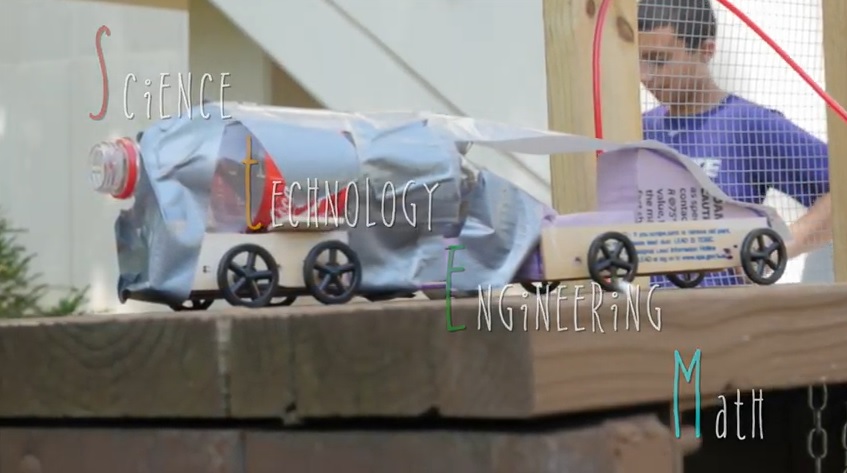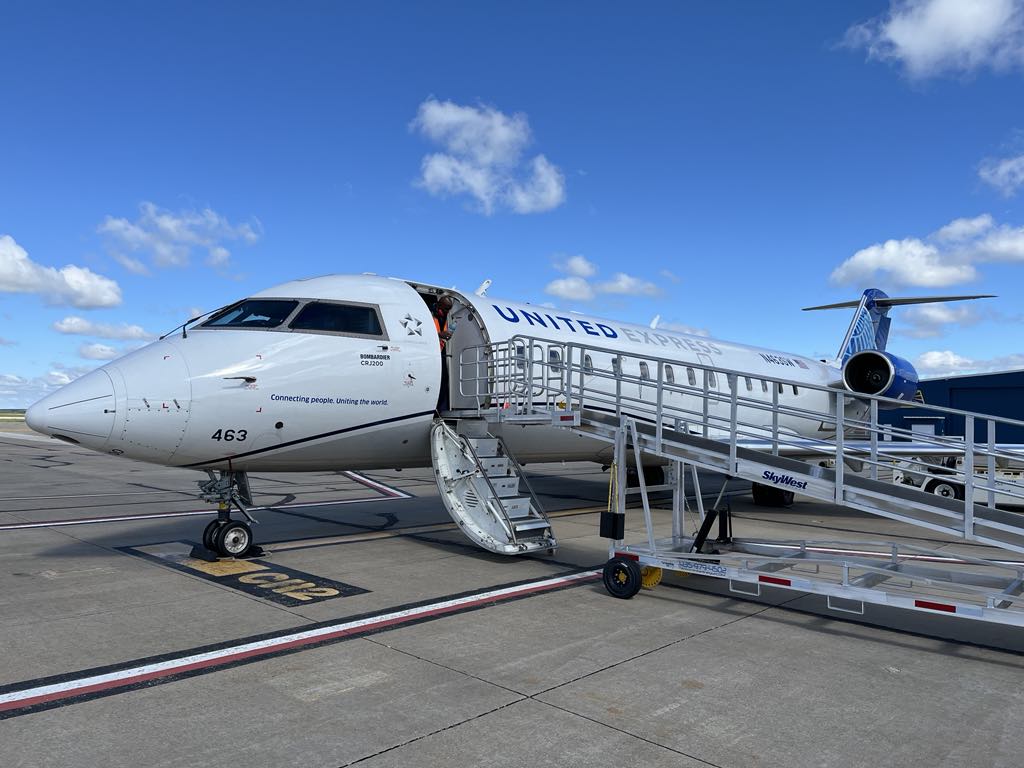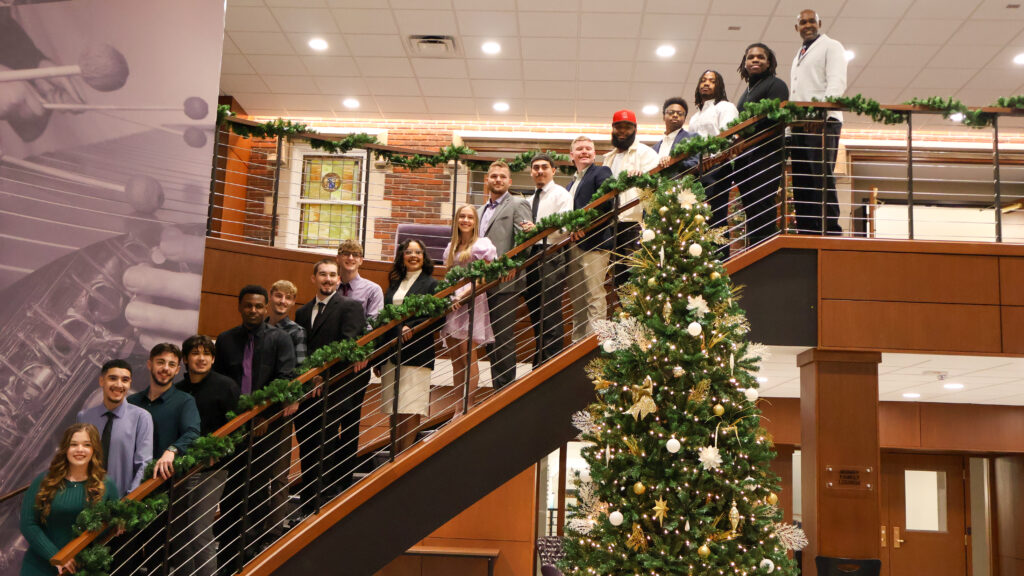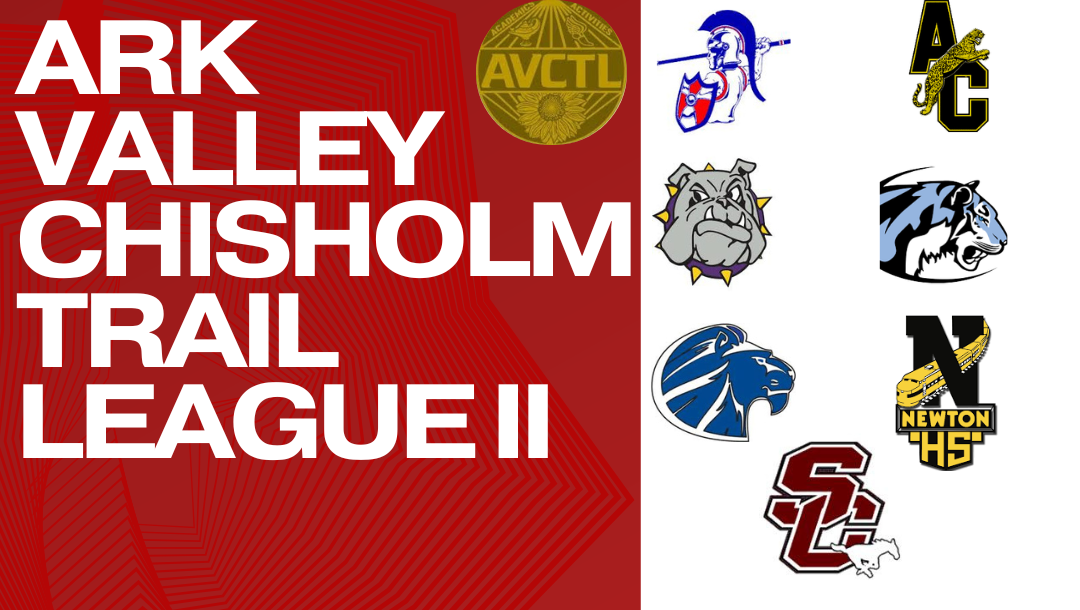Kansas State University is helping students leap into degrees and careers in the STEM fields of science, technology, engineering and math thanks to a three-year grant awarded to the College of Education’s Rural Education Center.
Project LEAPES, an acronym for Learning, Exploration, and Application for Prospective Engineering Students, is a collaborative project made possible by a U.S. Department of Defense grant for nearly $2.7 million that will benefit approximately 500 middle and high school students and 53 educators by the end of 2023. This is the second year of the grant.
The project aims to help mentor and promote science, technology, engineering, and mathematics degrees and careers to seventh- through 12th-grade students throughout the state. The grant project is part of more than $47 million in awards recently announced under the National Defense Education Program in STEM, Biotechnology Education, Outreach, Workforce Initiative Programs, and Enhanced Civics Education.
“Project LEAPES provides activities to promote awareness and exploration of STEM applications in computer science, aerospace, and AI degrees and careers for rural students,” said J. Spencer Clark, director of the Rural Education Center. “It provides a starting place for career pathways, making career connections to the content students are learning in school.”
Drawing upon its already successful Summer STEM program for middle school students across Kansas, the Rural Education Center partnered with the Center for Remote Sensing of Ice Sheets at the University of Kansas to provide programming for middle school and high school students.
Approximately 280 students from 32 schools participated in middle school virtual camps this summer. An additional 80 students participated in a high school camp hosted at the University of Kansas.
The following schools participated:
• Atchison County Community Schools USD 377, two classes.
• Belle Plaine USD 357, two classes.
• Caney Valley USD 436.
• Chetopa-St. Paul USD 505.
• Ellinwood Public Schools USD 355, cooperative with local homeschoolers.
• Ellsworth USD 327.
• Fairfield USD 310.
• Flinthills USD 492.
• Fort Scott USD 234.
• Great Bend USD 428.
• Haysville USD 261, Haysville S.P.A.R.K. Program.
• Lakin USD 215, two classes.
• Lincoln USD 298.
• Lyons USD 405.
• Mission Valley USD 330.
• Ness City USD 303.
• Osage City USD 420, two classes.
• Paola USD 368.
• Peabody-Burns USD 398.
• Prairie Hills USD 113.
• Rock Hills USD 107.
• Salina Public Schools USD 305.
• Satanta USD 507.
• Shawnee Heights USD 450.
• Silver Lake USD 372.
• Southeast of Saline USD 306.
• Southern Lyon County USD 252.
• Stafford USD 349.
• Ulysses USD 214, two classes, cooperative with Moscow USD 209.
• Waconda USD 272.
• Wamego USD 320, two classes.
• Wellington USD 353.
The STEM College Preparation workshops for high school students were held on the University of Kansas campus. Jennifer Laverentz, administrative manager for the Center for Remote Sensing of Ice Sheets, organized and conducted those camps.
This fall, five classrooms will participate in camps asynchronously, and organizers are expecting 120 students to participate. The schools are:
• Central Heights USD 288.
• Chase County USD 284.
• Goodland USD 352.
• Lebo-Waverly USD 243.
• Liberal USD 480.
In preparation for the middle school summer camps, teachers attended two workshops at the K-State Salina campus. The professional development sessions and summer virtual camp were supported by numerous subject matter experts from K-State on topics like computer science, artificial intelligence and robots, and aerospace engineering and unmanned aerial systems.
Clark and Lori Goodson, assistant director of the center, manage all grant activities, recruit districts and students, guide presenters and organize positions related to the camps.
Project LEAPES also provided career connections as professionals in each area discussed their occupations with students over Zoom, including Richard Webb, Designori, LLC; Komari Ablerle, Northwind Integrated Systems; and Caitlyn Gregory, Textron Education.
Each participating school received an HTC Vive Elite XR Headset for students to begin experimenting with virtual reality and extended reality projects developed by the K-State and Designori teams during the past year.
One such project that occurred during the summer camps was the SAFER simulation, which was conducted in collaboration with the Kansas Cosmosphere in Hutchinson. This simulation allowed students to experience a spacewalk and understand aerospace concepts in the context of astronauts. It also included an appearance by astronaut Dan Tani, who served as mission control in the simulation.
School districts and industry leaders interested in learning more about Project LEAPES



